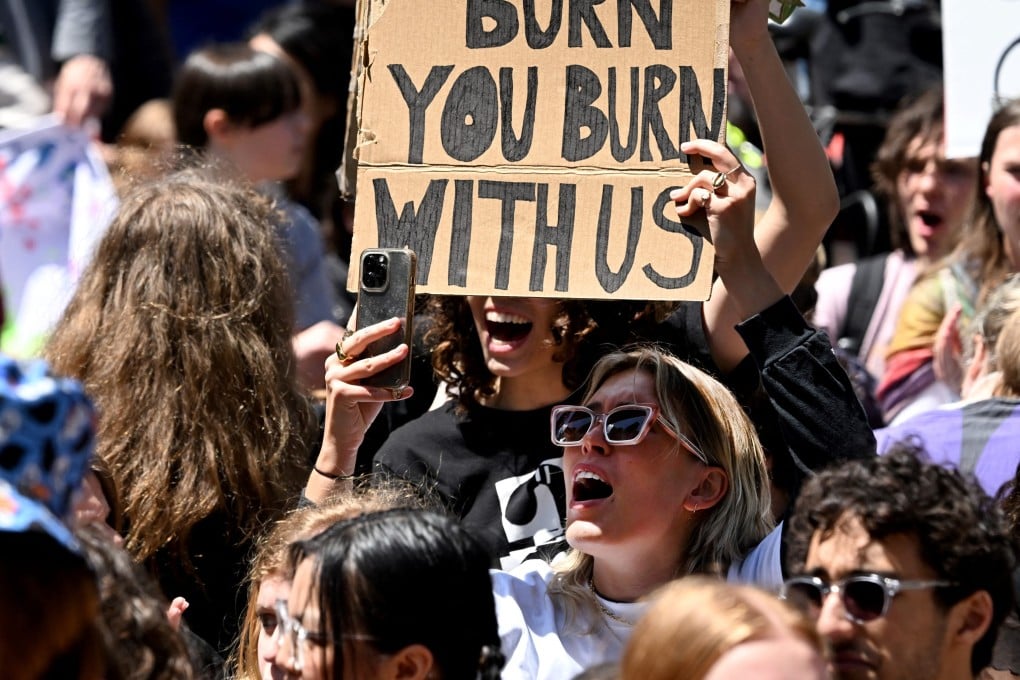Australia’s two-party system faces its biggest challenge yet: young people
Angry and frustrated young Australians want to make mainstream politicians ‘feel their hurt’ in this year’s election, observers say

For nearly 100 years, Australian politics has played out under one fundamental expectation: voters will elect either a Labor or a Liberal-National government. But rapidly changing demographics and widespread dissatisfaction with the political process are challenging that assumption, and the future of the country’s long-standing political duopoly has never been more uncertain.
Opinion polls indicate neither party will gain the numbers they need to govern in their own right, leaving their political programmes dependent on support from a cross-bench occupied by minor parties and increasingly influential community-based independents.
“The last time Labor and the Coalition won more than 40 per cent of the national vote was almost 20 years ago,” said Bill Browne, director of democracy and accountability at the Australia Institute think tank. “At the last election, each won only about a third of the vote. Support for the two major political parties hasn’t been this low since the 1930s.”
Australia’s 48th federal election will be held amid a sluggish economy and a cost-of-living crisis unparalleled since the late 1950s. Falling real incomes, persistently high interest rates and the soaring costs of housing, food, energy, healthcare and education have put the economic screws on millions of Australians, prompting two in three to describe themselves as financially distressed in a recent survey by AMP, a financial services company.

Together with economic pressures, concern over record levels of immigration, law and order, climate change, a decline in the provision of government services and a lack of honesty in government have created a sullen electorate that looks increasingly prepared to challenge the two-party political status quo.